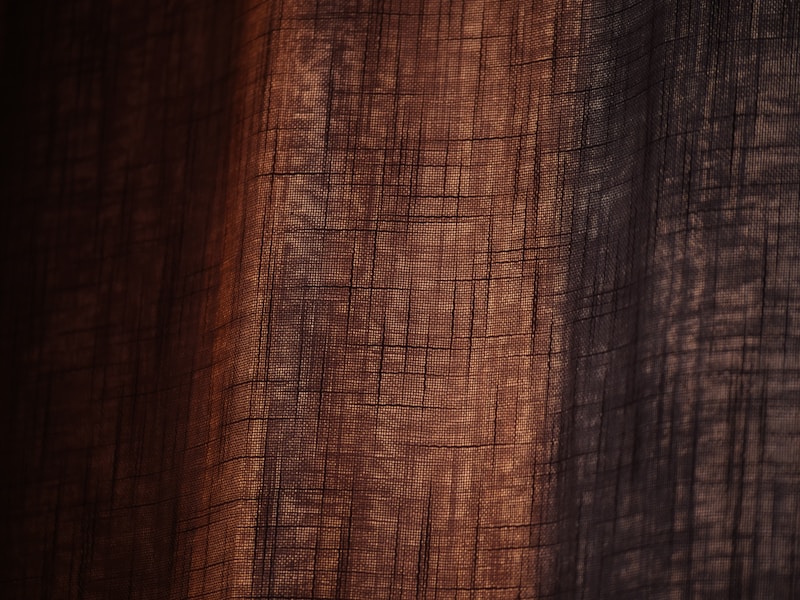Exploring Translucent Layers for a Light Feel: Transform Your Space
Exploring Translucent Layers for a Light Feel: Transform Your Space
Introduction to Translucent Layers
When it comes to interior design, achieving a light, airy feel in a space can significantly enhance its overall atmosphere. One effective way to accomplish this is through the use of translucent layers. These layers not only contribute to a sense of openness but also allow for the seamless play of light within a room. In this article, we will delve into the concept of translucent layers, their benefits, applications, and how they can transform your living environment.
What Are Translucent Layers?
Translucent layers refer to materials that permit light to pass through, yet obscure visibility. They are often used in various design elements such as curtains, wallpaper, glass panels, and decorative screens. By strategically layering these materials, homeowners can create an inviting and luminous environment that feels lighter and more spacious.
Why Choose Translucent Layers?
The incorporation of translucent layers in interior design offers several advantages:
- Enhanced Natural Light: Translucent materials soften and diffuse daylight, reducing harsh shadows while illuminating the room.
- Privacy Without Sacrificing Light: These layers provide privacy by preventing outside views while still allowing light to filter in.
- Versatile Aesthetic: Translucent layers come in various styles, colors, and materials, making them suitable for any decor theme.
- Spatial Illusion: The light and airy characteristics create an illusion of more space, making even smaller rooms feel more expansive.
Applications of Translucent Layers
Translucent layers can be applied in multiple areas of your home. Here are some popular applications:
| Application | Description |
| Window Treatments | Using translucent curtains or shades to allow light while maintaining privacy. |
| Room Dividers | Utilizing translucent screens to separate spaces without closing them off. |
| Wall Treatments | Incorporating translucent wallpapers or panels for a unique visual effect. |
| Lighting Fixtures | Choosing light fixtures with translucent materials to diffuse light effectively. |
Choosing the Right Materials
When selecting materials for translucent layers, consider the following options:
- Sheer Fabrics: Lightweight and airy, sheer fabrics are perfect for window treatments, facilitating maximum light diffusion.
- Frosted Glass: Often used in bathrooms or to create stylish dividers, frosted glass provides privacy while still letting light pass through.
- Translucent Acrylics: Ideal for modern designs, these materials are lightweight and come in vivid colors.
- Paper or Fabric Screens: Japanese shoji screens, for example, are traditional forms of translucent layering that add elegance.

Design Ideas Using Translucent Layers
To inspire your design journey, here are some creative ideas for incorporating translucent layers:
1. Translucent Curtains in Living Spaces
Using translucent curtains allows for a soft glow in your living room or bedroom. Opt for curtains in light colors such as white or pale pastels that complement your existing color scheme. This ensures that the ambiance remains warm and inviting.
2. Room Dividers for Open Spaces
Create distinct areas in larger spaces using translucent dividers. For instance, a frosted glass panel can separate the living room from the dining area while maintaining an open feel.
3. Translucent Wall Panels
Enhance your home office by integrating translucent wall panels. These panels can provide privacy while still keeping the environment well-lit, ideal for productivity.
4. Illuminated Translucent Art
Incorporate illuminated artwork using translucent materials to add a unique feature to your interior. This piece can serve as a focal point while also providing ambient light.
Creating the Perfect Atmosphere
Incorporating translucent layers into your home design is about creating a harmonious atmosphere. Here are some tips to achieve this:
- Play with Textures: Combine different translucent materials to create depth. For instance, mix sheer fabrics with heavier textures to add contrast.
- Use Soft Colors: Soft, muted colors enhance the light feel while creating a serene environment. Avoid overly saturated colors that may dominate the space.
- Focus on Natural Light: Arrange furniture to maximize natural light flow. Position mirrors opposite windows to amplify this effect.
- Layering Techniques: Experiment with layering different translucent materials to add complexity and interest to your design.
Conclusion: Embracing Translucent Layers
In summary, translucent layers for a light feel offer an innovative approach to interior design that enhances the look and feel of any space. By allowing light to flow freely while maintaining privacy, these layers create a harmonious balance in your home. Remember to consider the specific applications, materials, and design ideas shared in this article to make the most of translucent layers. As you embark on your design journey, keep in mind that the goal is to create a space that resonates with lightness and openness. Happy decorating!
For those eager to explore further, consider researching additional topics such as "light-filtering materials," "how to choose sheer curtains," or "innovative room divider ideas" to refine your design and understanding of how light can dramatically transform your living spaces.
